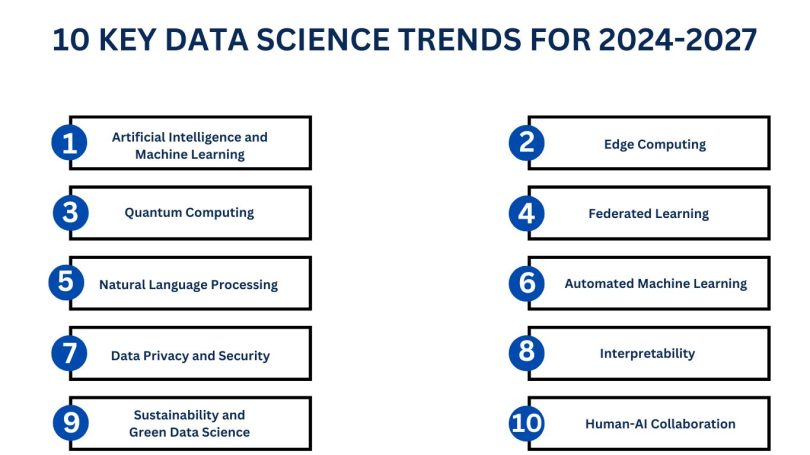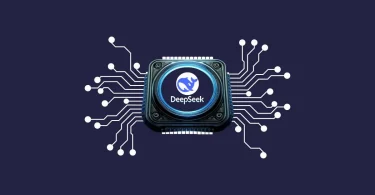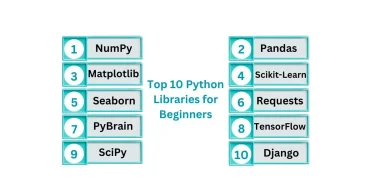According to my predicted, the Python age will keep growing at a quick level between 2024 and 2027, fuelled by technical developments, rising database quantities, and a demand for meaningful analytics. Below are ten important trends that are predicted to affect the data science industry over this time frame:
- Artificial Intelligence and Machine Learning:
The use of algorithms and artificial intelligence in data science initiatives will emerge increasingly common. Such innovations will allow for more advanced predictive modelling, human speech interpreting, and decision-making methods, resulting in greater precision and intelligent fuelled by data judgments.
- Edge Computing:
Edge computing will become increasingly important in data science as the number of Internet of Things (IoT) gadgets grows. Data material closest to involving it emerges reduces congestion and improves predictive features, allowing data to be examined promptly upon collection.
- Quantum Computing:
Although only in its infancy, quantum technology has the potential to revolutionize data science by offering tremendous processing capacity. It might trigger discoveries in optimizing, testing, and encryption, as well as fresh avenues for analysing information and modelling.
- Federated Learning:
Federated understanding, a type of neural networks in which networks are developed across several devolved endpoints or platforms that store individual specimens without swapping it, will acquire popularity. This strategy improves protection and liberty while allowing for extensible and rapid training for models.
- Natural Language Processing (NLP):
NLP will evolve to expand, with possibilities that encompass expression detection and avatars to automatic content creation. More complex natural language processing (NLP) models will allow for greater comprehension and manipulation of uncontrolled facts, resulting in fresh perspectives.
- Automated Machine Learning (AutoML):
AutoML systems will grow more advanced, handling the selection and configuration of machine learning techniques, feature creation, and simulation of models. This will normalize machine learning, rendering it available to a broader variety of consumers without forcing advanced knowledge.
- Data Privacy and Security:
With growing concerns about private data and safeguards, statistical experts must concentrate further on building reliable and data-preserving data mining solutions.
- Interpretability:
Interpretation methods in Data Science using way to clarify and comprehend the assumptions and internal operations of deep learning designs, which helps with confidence, troubleshooting, and adherence.
- Sustainability and Green Data Science:
The environmental consequences of data science will be scrutinized, resulting in the creation of stronger ecological methods. This involves energy-saving programs, green calculating, and the utilization of sustainable current streams in storage facilities.
- Human-AI Collaboration:
The partnership between people and AI will grow more fluid, with AI systems intended to supplement as opposed to supersede human intellect. This will entail the creation of AI tools to help data researchers with their job, through data cleansing to testing predictions and assessing models.
These trends illustrate the ever-evolving and developing character of data science, which is motivated by the desire to uncover valuable discoveries from enormous quantities of material. As we proceed upward, data science experts will strive to remain on top of these advancements in order to properly exploit them and promote to the evolution of their discipline.




Leave a Comment